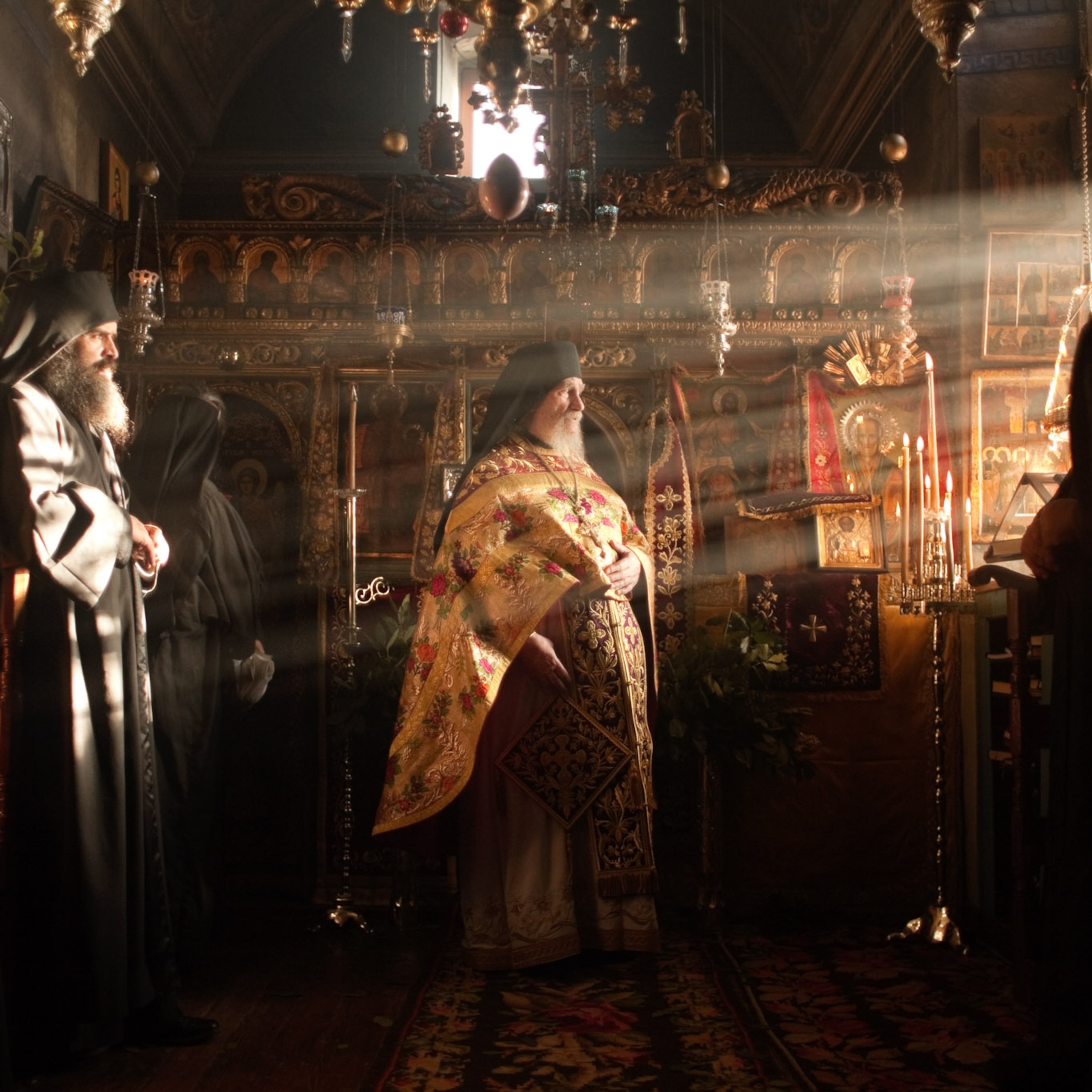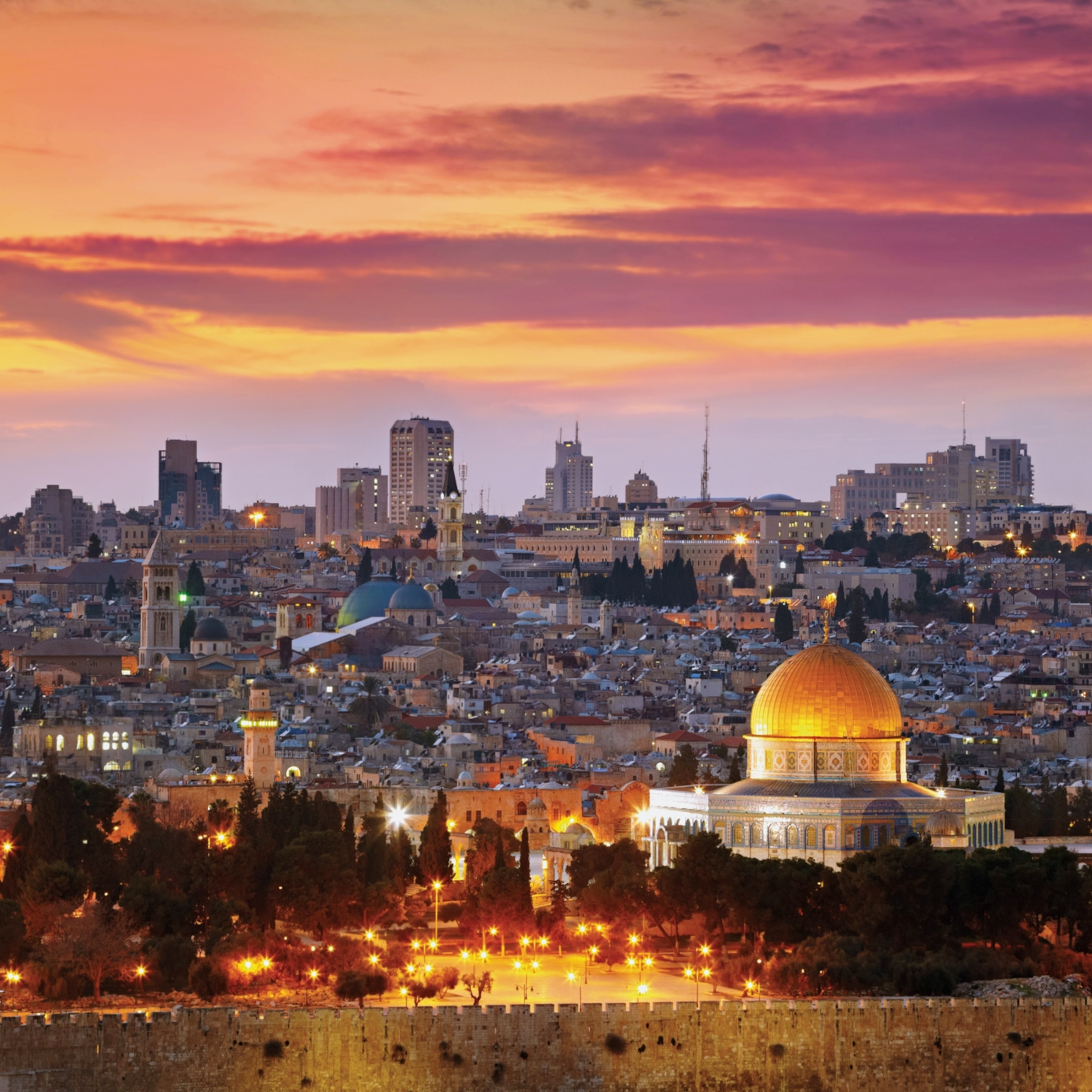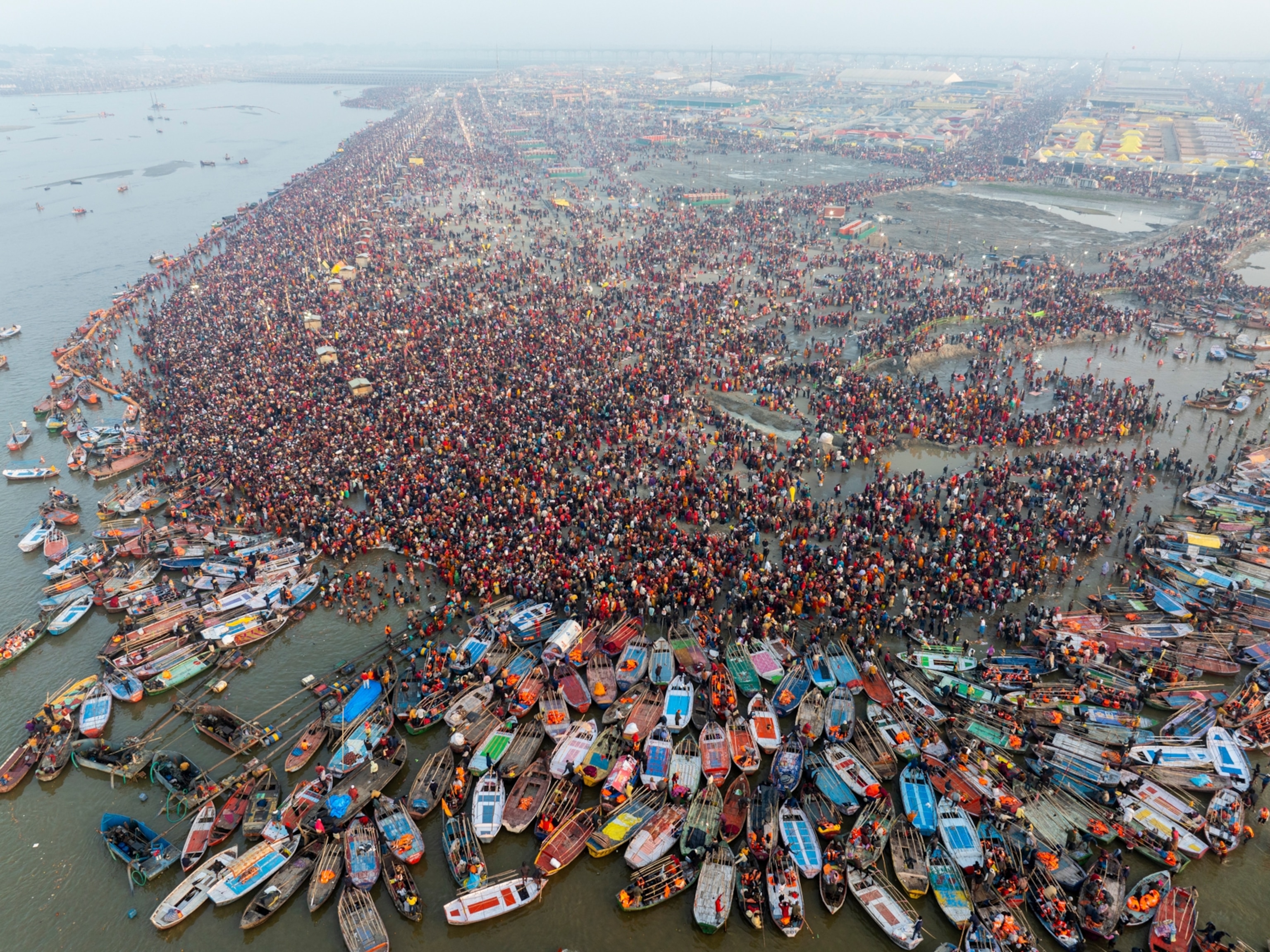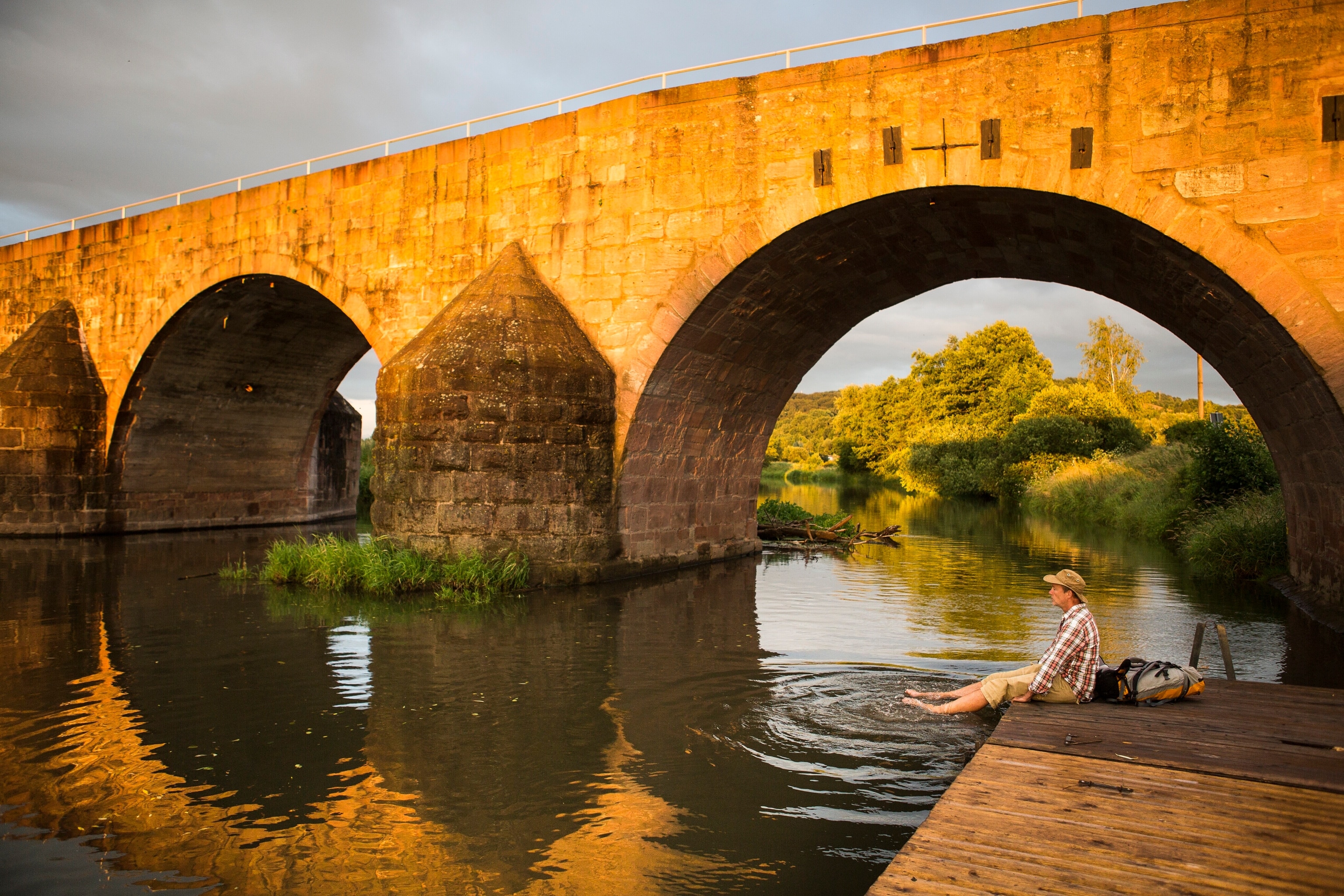
Germany’s Camino trek rivals Spain’s famous pilgrimage—and is a lot less crowded
The Camino de Santiago is more than just one 500-mile route through Spain. Here’s why you should consider hiking the German section of trails.
In Spain, a record-breaking number of pilgrims have attempted the Camino de Santiago (or the Way of St. James), turning the once contemplative pilgrimage or secular hike into a popular tourist attraction. An increase in hikers on the trail means travelers are now compelled to reserve hotel rooms or beds in traditional pilgrim hostels far in advance to avoid a surprise extension to the day’s walk, which can take away the spontaneity of the experience. Meanwhile, the famed trek’s final destination, Santiago de Compostela, and its residents have witnessed the negative effects of overtourism.
The St. James Way is more than just the popular Camino Francés (French Way) that stretches from the village of St. Jean-Pied-de-Port in the Pyrenees to Santiago de Compostela in Spain. The network of 281 routes, encompassing more than 51,500 miles, snakes through 29 different countries. Another less-traveled alternative to Camino Francés should be considered.
(Related: Castles, vineyards, and fairy-tale villages: Drive the Romantic Road)
The German Camino—part of the intricate Camino de Santiago—offers walkers along this path historic landmarks, scenery, and a similar hiking experience to the French Way without the crowds. It’s not uncommon for travelers walking the Way of St. James to have the path to themselves. What the trails lack in infrastructure, they make up for in an oasis of serenity.
(Related: Beyond the Camino de Santiago: three alternative hikes in Spain.)

Jakobsweg: Walk the less-traveled trails
The history of the Way of St. James is part of the trail’s draw for many hikers, who follow in the footsteps of generations of pilgrims who came before them. In the first century C.E., the Apostle St. James spent time spreading the gospel or Christian teachings in Spain. After his martyrdom in Jerusalem, St. James’ body was returned to Spain and buried in a tomb in the region of Galicia. It’s believed that this tomb was rediscovered in the 9th century C.E., and a church (then years later, a grand cathedral) was built on the site in the Santiago de Compostela.
Christians soon began visiting St. James’ tomb, believing their pilgrimage to his remains would save their souls time in purgatory. Christianity and Catholicism were the same religion for almost 1,000 years until the Great Schism of 1054, and since then, Camino de Santiago has been known as a Catholic pilgrimage.
As pilgrims flocked to Santiago from across Europe in the first centuries C.E., they established a network of trails. “The real Caminos were never planned by any organization—they were built by pilgrims who walked,” says Peter Eich, who has not only traveled different routes of the pilgrimage but is also the founder of Camino and German-language resources, Jakobsweg-Zentrale, the Camino Ninja app, and the Camino Love app.
The German Caminos aren’t as developed as the more popular French Way, Portuguese Way, or Northern Ways. English-language resources to help hikers and walkers navigate the German Caminos can be difficult to find. However, people can use the free Camino Love app to view maps of the routes, complete with accommodations, restaurants, and attractions, and to help them plan a daily itinerary.
Because of Germany’s strong hiking tradition, these trails are well-known, but few international tourists have caught on. “The German Caminos still have all that lost charm of the French Way 20 years ago, before almost half a million pilgrims started hiking to Santiago every year,” says Eich.
(Related: 3 ways to plan a Camino de Santiago hiking pilgrimage.)
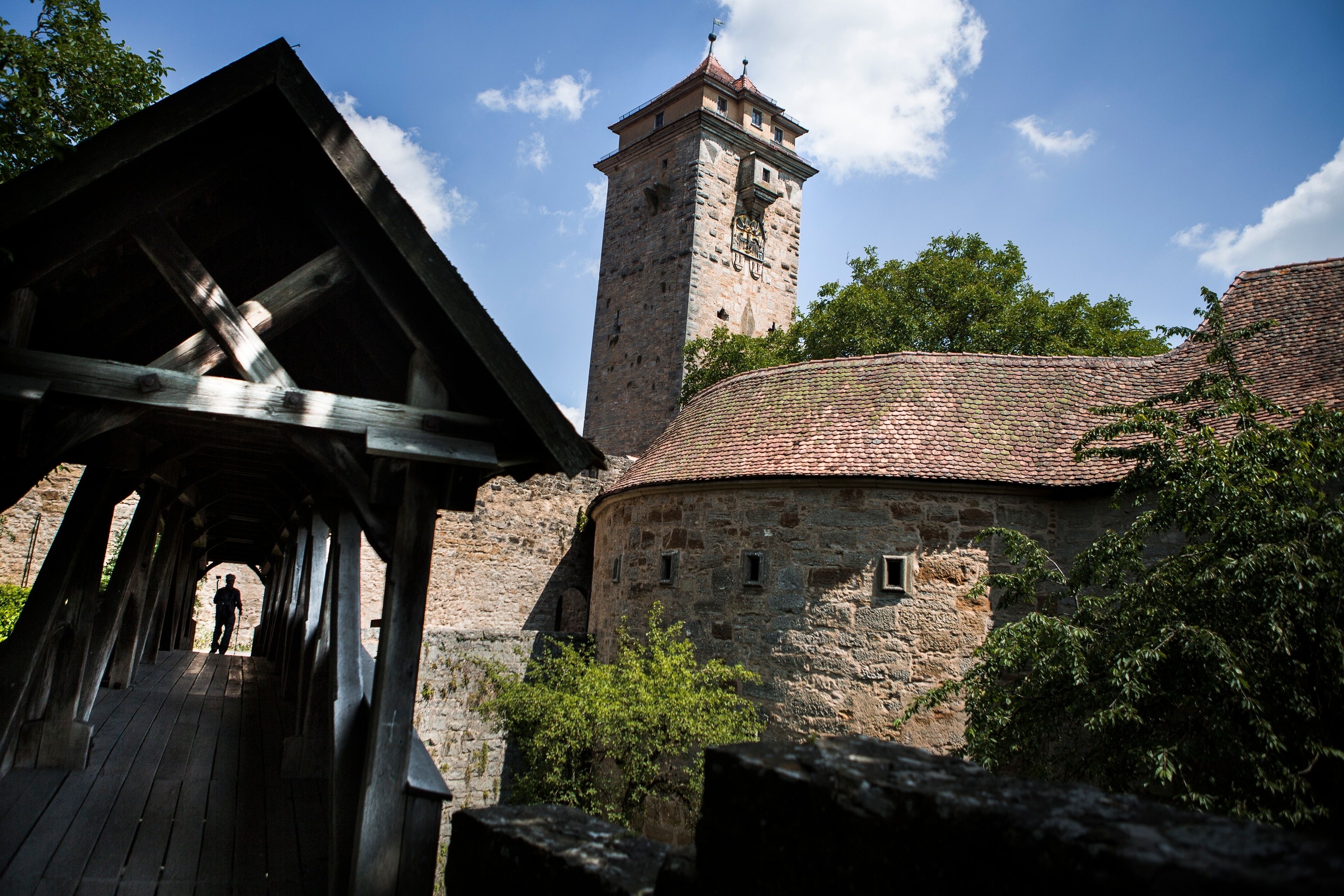
Choosing a route on the St. James Way
Travelers who want to hike the Way of St. James in Germany have many options, but here’s a list of a few of the most developed routes.
The Moselle Camino. This 100-mile section of the German Camino runs from Koblenz to Trier in the southwest. It’s typically broken up into eight “stages” or walking days. The route takes travelers through German wine country along the Moselle, past grand castles and ancient churches to the Roman outpost of Trier, the oldest city in Germany.
Path manager for the privately run Moselle Camino website, Wolfgang Welter, says, “Due to its northeast-southeast orientation, it is a perfect 'feeder' to the pilgrimage routes in France and Spain, which lead in the same direction to Santiago de Compostela.” Welter is also the author of A Way of St. James from Koblenz Stolzenfels Castle to Trier.
How to Get There: To reach the starting point of the Moselle-Camino, you can fly to Frankfurt or Cologne and get to Koblenz by train or rental car. The trailhead is located at the Stolzenfels Castle, a 10-minute bus ride or 20-minute train ride from the city.
(Related: Why you should visit Germany's Potsdam instead of Versailles.)
Palatinate Way of St. James, The Northern Route. There are six stages to this 93-mile trek in the Rhineland Palatinate. It begins in the ancient Roman city of Speyer and runs to the Hornbach Abbey, an 8th-century monastery that now doubles as a 4-star hotel.
How to Get There: Fly to Frankfurt or Stuttgart and take a train to Speyer. The Camino trailhead is located by the cathedral in Speyer’s main square.
Brandenburg Way of St. James. In the Middle Ages, a popular branch of the Way of St. James began in Berlin, long before the city became an important European capital. Now, hikers can travel along the 132-mile Camino route from Berlin to Tangermünde, a relatively flat and achievable hike that passes through small historical villages and picturesque countryside.
How to Get There: To start on the Brandenburg Way, you can fly to Berlin and make your way through the city by train to the Alexanderplatz station. The pilgrimage begins in the large square above the station.
Adventurous travelers can follow the Way of St. James from Germany to Santiago de Compostela in Spain or choose a section of the trail based on athletic stamina, distance, and what historic landmarks they want to visit. Similar to the French Way, these hikes should be attempted by travelers comfortable walking daily distances of 10 to 15 miles. However, many of the trails in Germany run parallel to public transportation routes that can be used as a backup plan. Many German hikers choose to split the pilgrimage routes into three-day or week-long chunks, coming back each year to complete another stretch.
(Related: The ultimate packing list for walking the Camino de Santiago.)
Historical sites to see along the St. James Way
Before its unification in 1866, Germany was a patchwork of regions with different cultures, dialects, religions, and landscapes. Barbara Massion, a member of the German St. James Society’s executive committee, believes the German Caminos are pathways to exploration. She says, “It’s a great way to discover the diversity of Germany … due to all the small shires, duchies and kingdoms which in the 19th century were united to form Germany, there are lots of historic places to be discovered.”
A few significant historical sites to see found along the three aforementioned German Caminos include:
Stolzenfels Castle, Koblenz. The Prince-Bishop of Trier built the original 13th-century medieval fortress, which was later transformed into a palace. It marks the beginning of the Moselle Camino. Visit before you begin your pilgrimage to explore the castle’s interior and manicured garden.
The Benedictine Abbey of St. Matthias, Trier. This is the endpoint of the Moselle Camino in Trier. Here, you can visit the tomb of St. Matthias the Apostle, the only apostle buried in Germany.
Imperial Cathedral, Speyer. The Northern and Southern routes of the Palatinate Way begin in Speyer, a city located on the banks of the Rhine and founded by the Roman Empire. The city’s stately 11th-century basilica served as a burial ground for eight German emperors.
Blieskastel Gollenstein. Though not directly related to the lore of St. James, this bizarre 4,000-year-old monolith sits along the Northern Route of the Palatinate Way. The standing stone, thought to be the work of a prehistoric cult, was destroyed by Nazis and then reconstructed in the 1950s.
Eltz Castle in the Eltz Forest. Located about 19 miles into the Moselle Camino, this well-preserved castle's origin dates back to the 12th century C.E. under the Holy Roman Empire. Today, it’s owned by part of the German noble family known as the House of Eltz.
The Hakenberg Victory Column. The Brandenburg Way passes by the Hakenberg Victory Column, a 118-foot tall monument built at the end of the 19th century in honor of Brandenburg’s victory over Sweden in the Battle of Fehrbellin in 1675. You can climb to the column’s observation deck for sweeping views over the surrounding forest.
